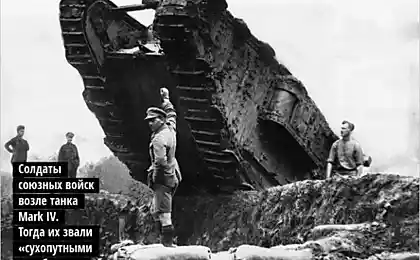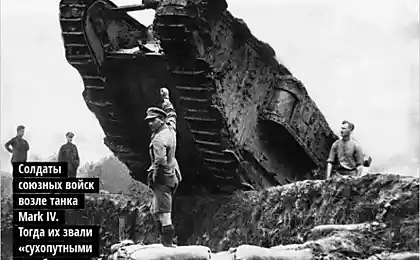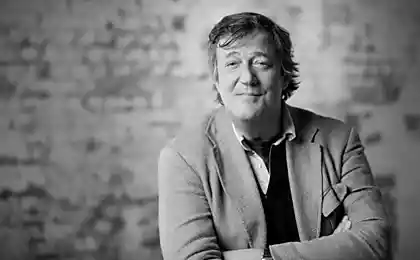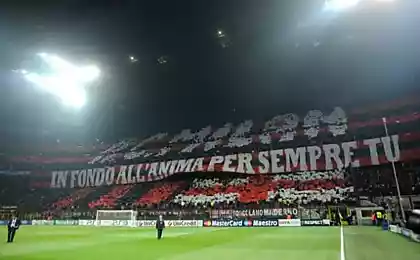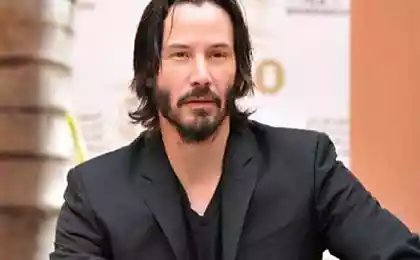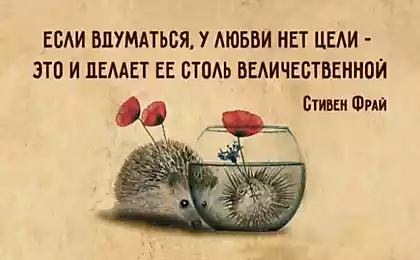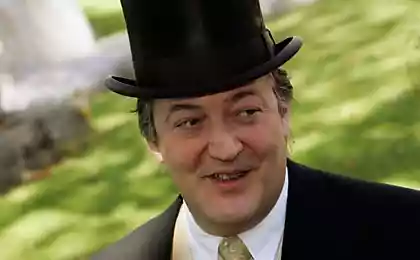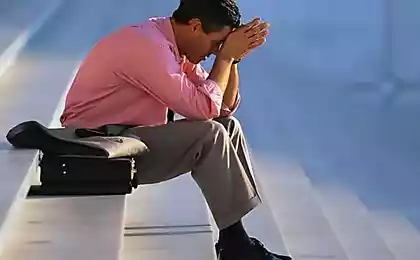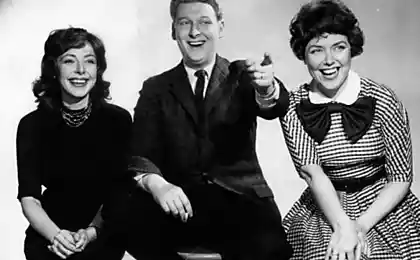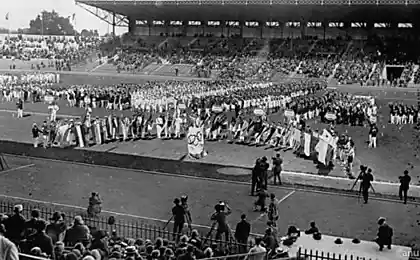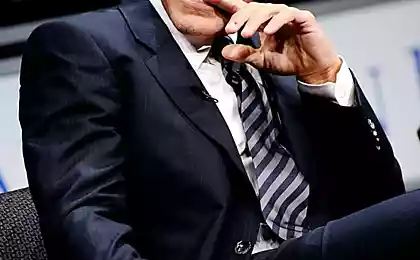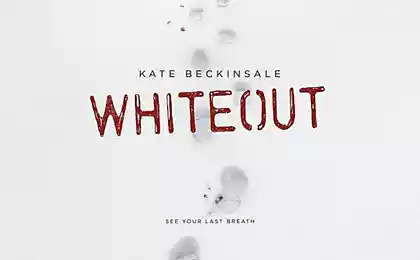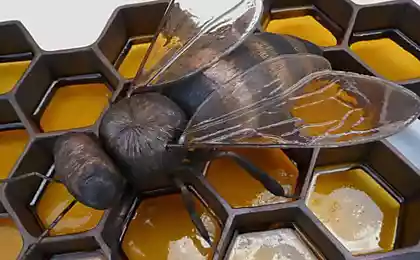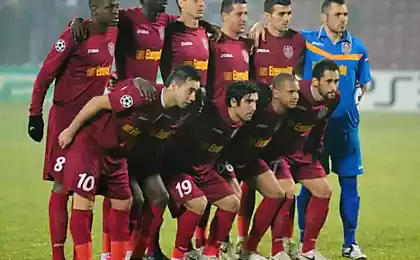735
Arbeit macht frei, "Work makes you free"
Writes Edward Gavayler:
In 1936, in the German capital are all favorite Olympic Games embody the unity of the peoples from all over the globe. At the same time the peace in every sense of the event created one of the largest and most terrible Nazi concentration camps - Sachsenhausen.
It was located to the north of Berlin in the town of Oranienburg. By some estimates there over the years it has visited 200 thousand prisoners. Killed outside the gates of the camp from 30 to 40 thousand people.
Let's see how this place looks like now, and get acquainted with its history.
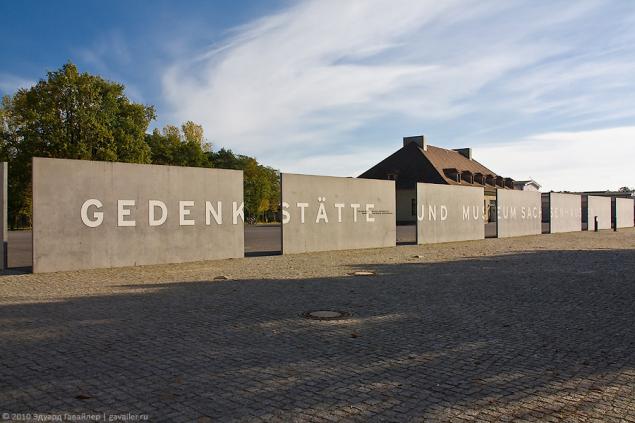
After Zaksenhaezena, which was built "thanks" to Heinrich Himmler, began an epoch of concentration camps. They began to appear everywhere: under the Weimar Buchenwald, Ravensbrück women's camp at Furstenberg, Auschwitz (Auschwitz) in Poland, and many others.
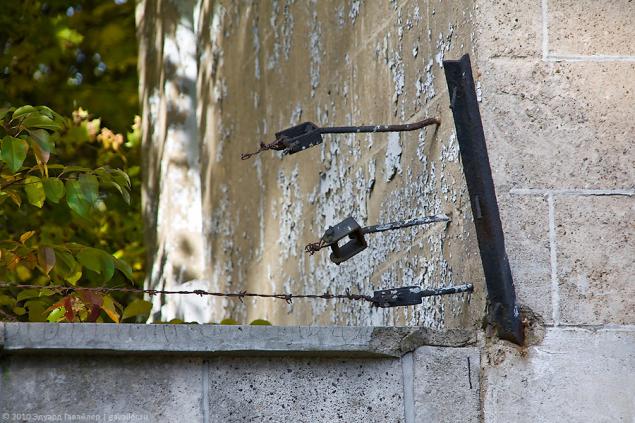
In Zaksenhaezene it was also central administration of all concentration camps of the Third Reich. Also located here the SS training center, where issued "first-class" security guards and wardens.
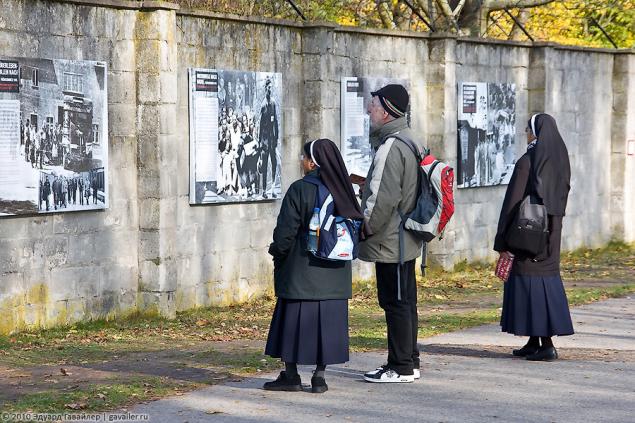
Access to the camp, now a memorial complex, free. If you wish, you can take an audio guide at the information center (2-3 euros).
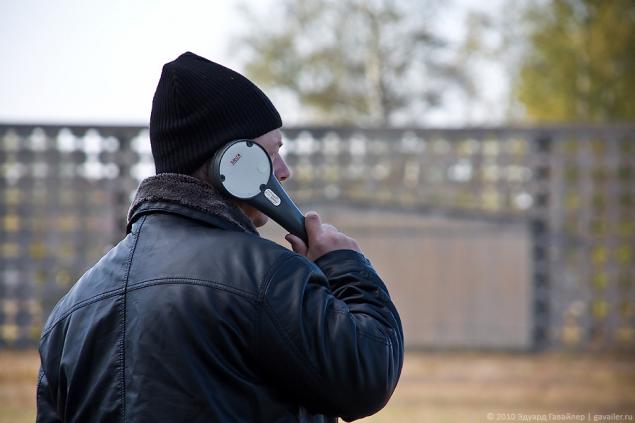
We approach the so-called Tower "A". Here were located the checkpoint and the commandant of the camp.
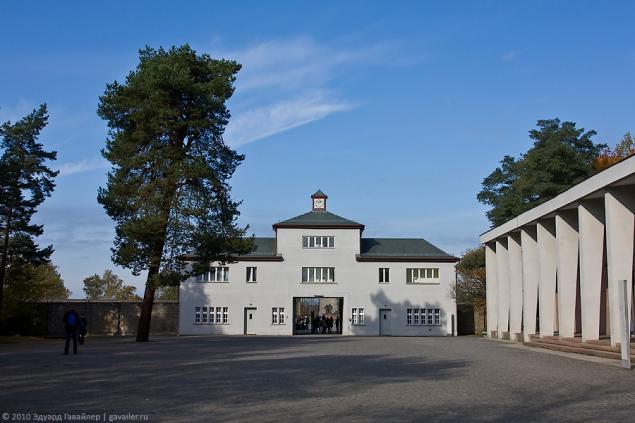
The territory of the camp was a triangle shape. Around the perimeter towers 19 have been installed for observation.
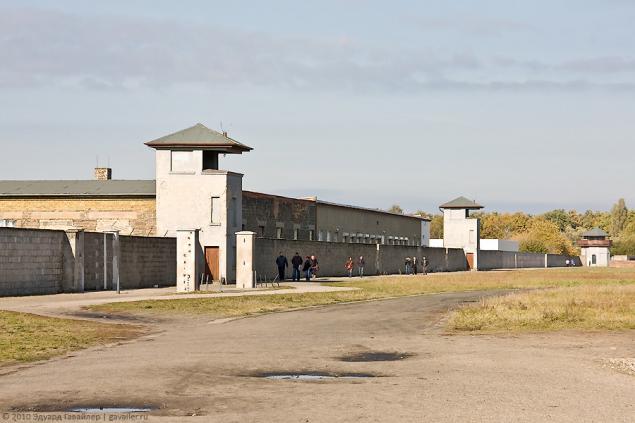
...
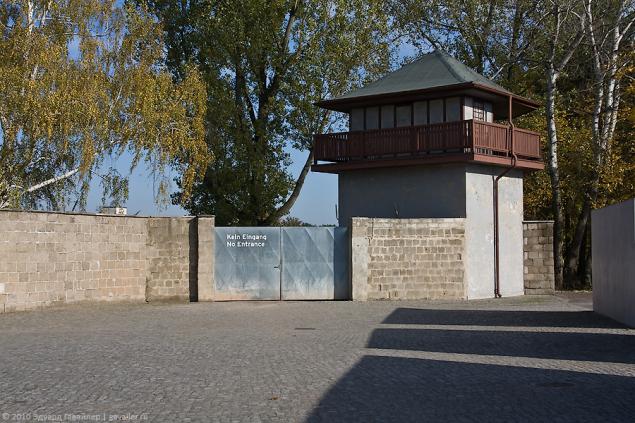
Immediately prior to the PPC located Apel-ground inspections, in which not only the prisoners lined up for roll call, but also carried out public executions.
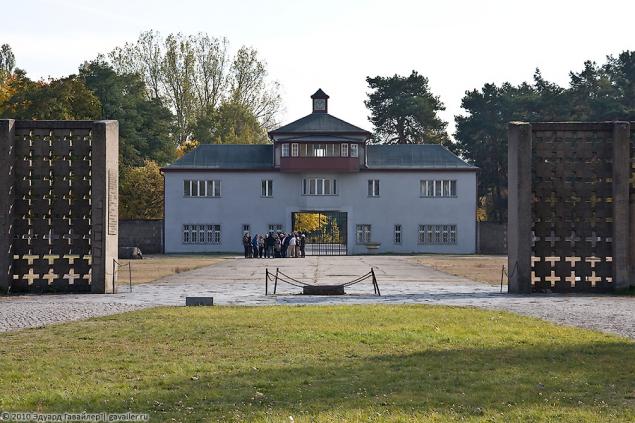
...
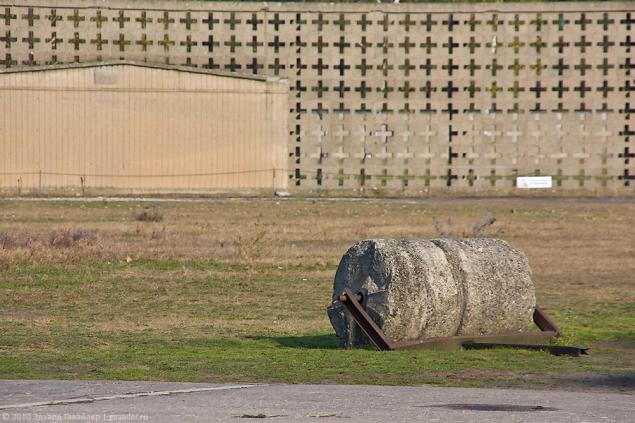
...

If a prisoner gets too close to the fence of barbed wire under tension, it just shot.
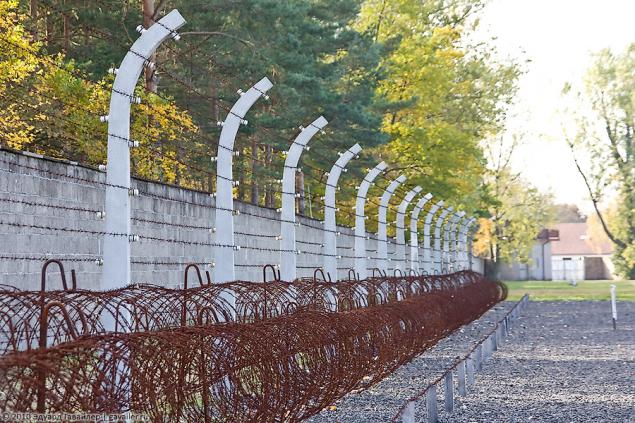
...
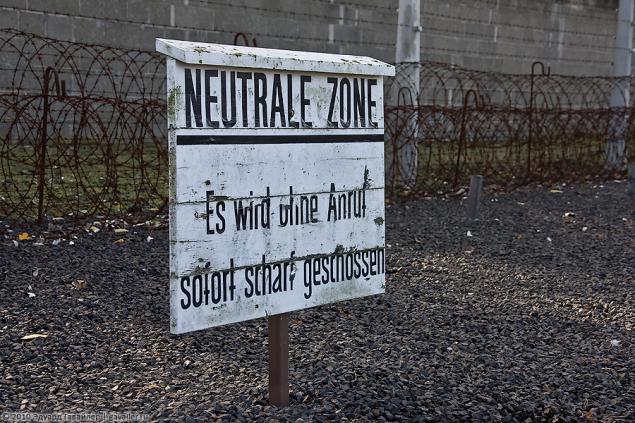
Here it was located the so-called test track shoes. Prisoners had to overcome a different pace enormous distances each day.
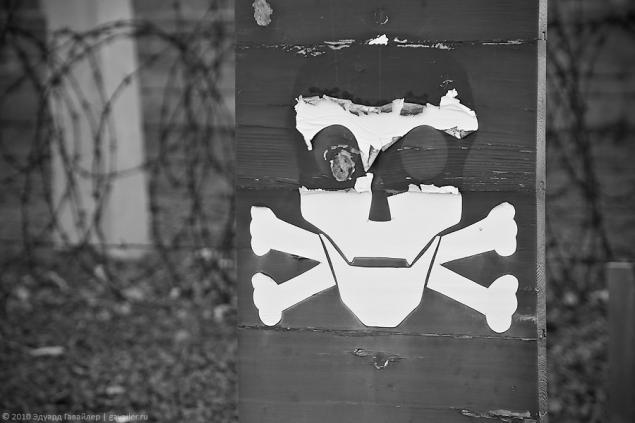
Save and "residential" barracks. They now serve as a museum space.
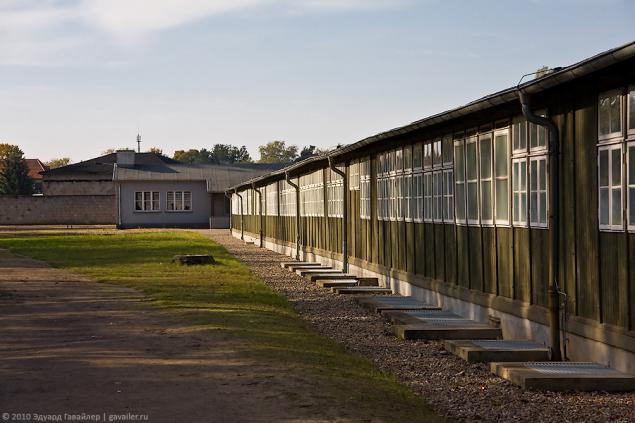
...
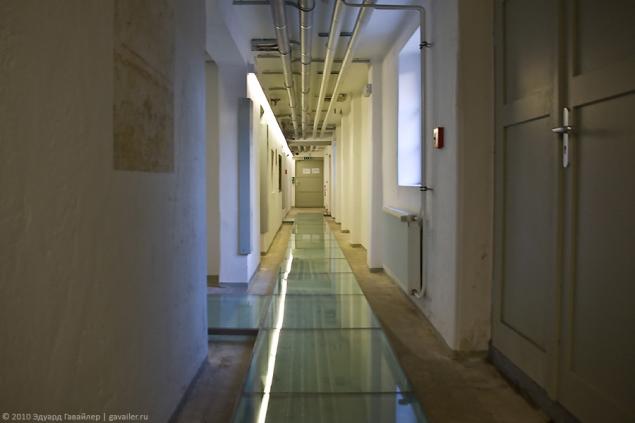
...
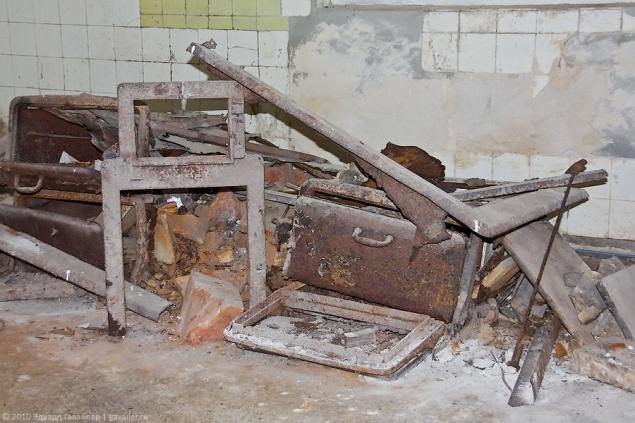
The exhibition even drawings prisoners can find.
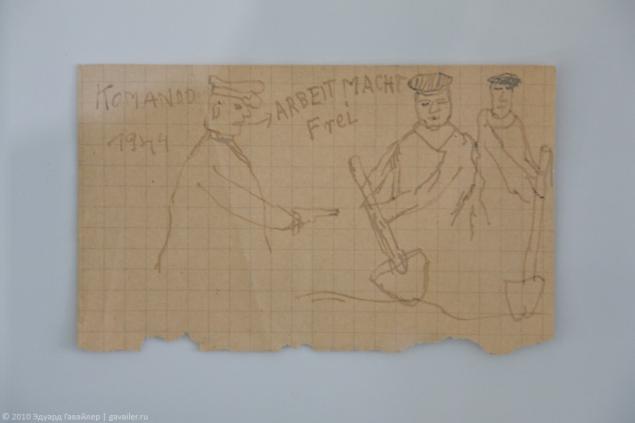
...
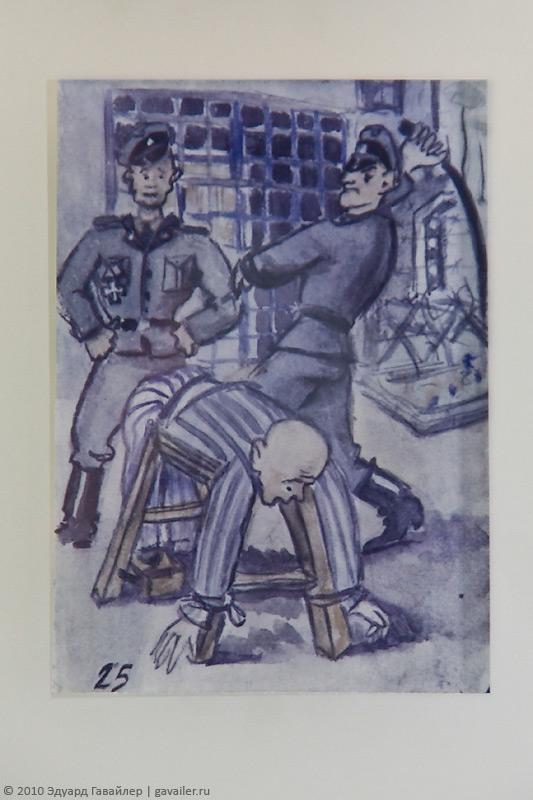
...
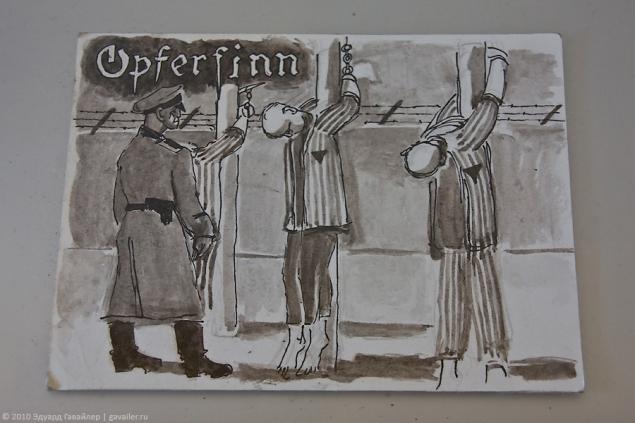
Various household items, documents, and so on. N.

...
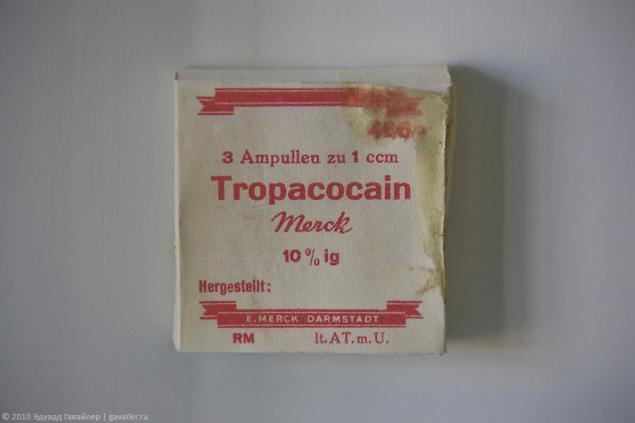
Everywhere reigns heavy atmosphere. The air seemed charged with negative energy. Even the head begins to ache.
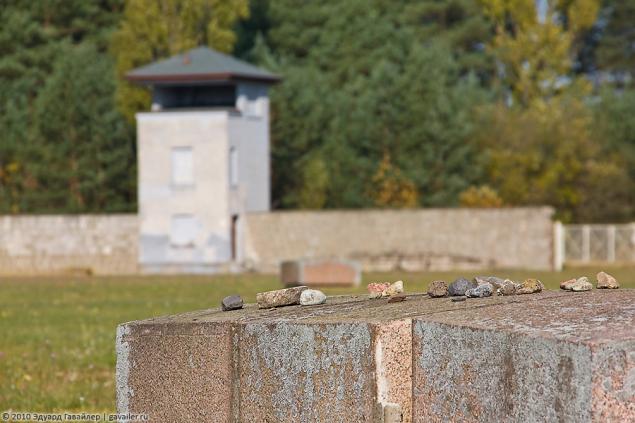
...

...

Most of all it is felt in the barracks "C", which produced the massacres. There was also a crematorium and a gas chamber.
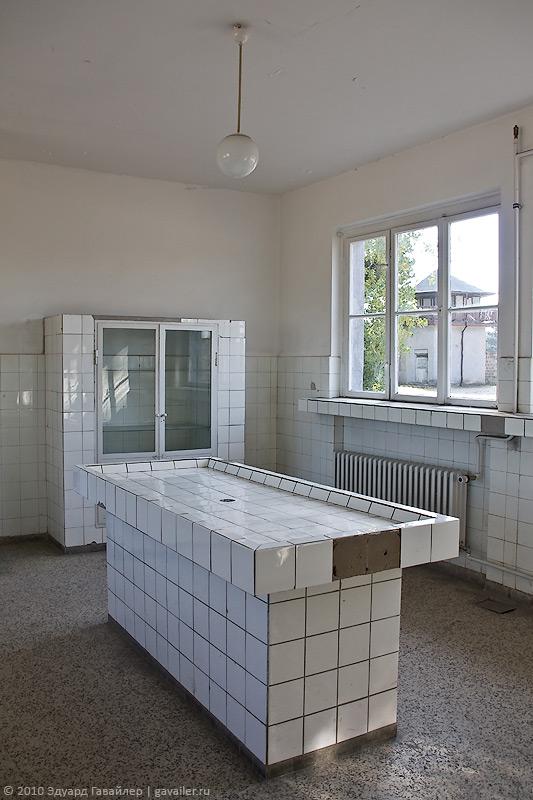
...
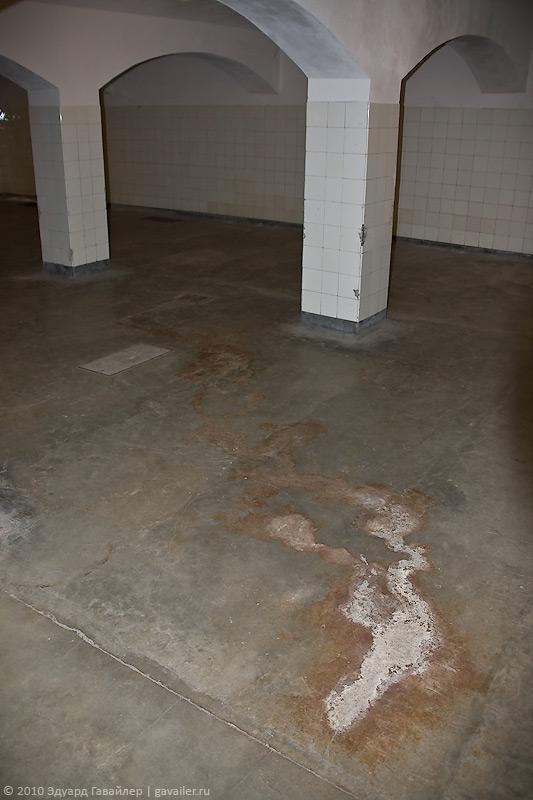
We went to the cooler. He also served as a bomb shelter.
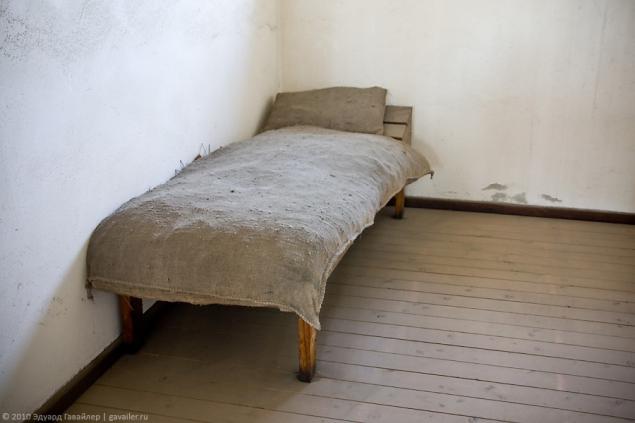
...
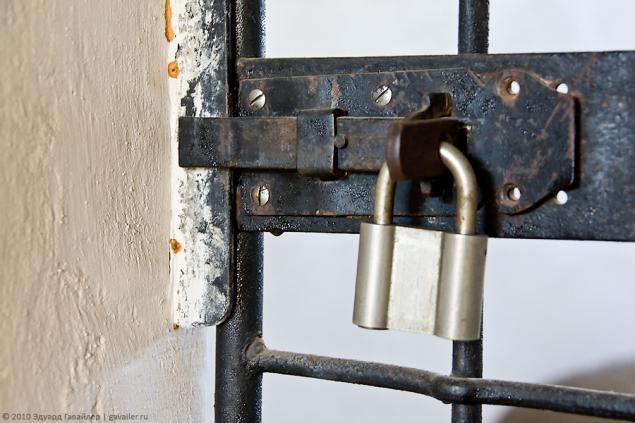
Monument to Soviet soldiers liberators.
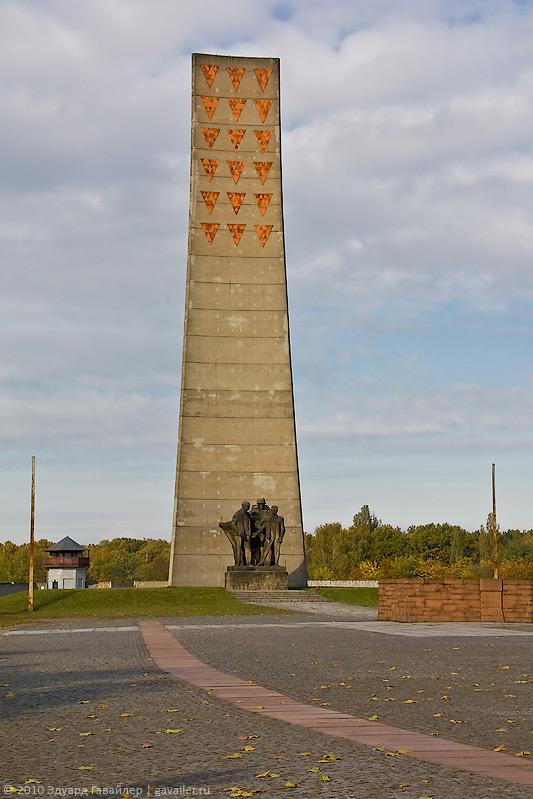
The camp was liberated April 22, 1945 by Soviet troops. Immediately after his release, he was transformed into a special camp №7 NKVD. Now here we died enemies of the Soviet regime (the soldiers and officers of the Wehrmacht, anti-communist, the SS). Sometimes the status of criminals caught the elderly, women and children. During the existence of the special camps are visited by over 60 thousand people, of whom 12,000 were killed. The numbers not less than shocking.
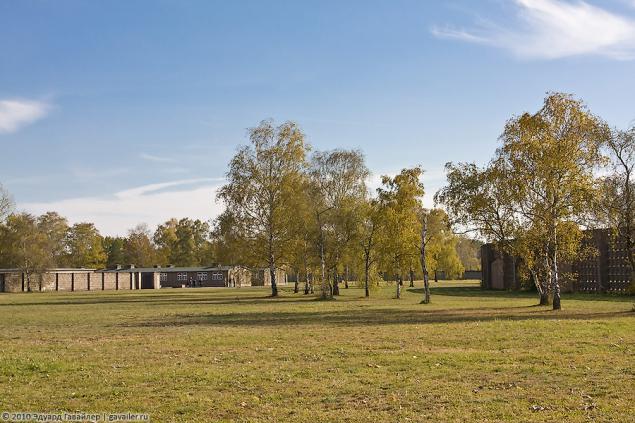
Arbeit macht frei (Arbeit macht frei, "Work makes you free", "work liberates") - this is the well-known phrase is associated with mass killings in Nazi Germany, "Beauty" at the gate checkpoint. This phrase can be found in many "institutions" of this type.
via gavailer
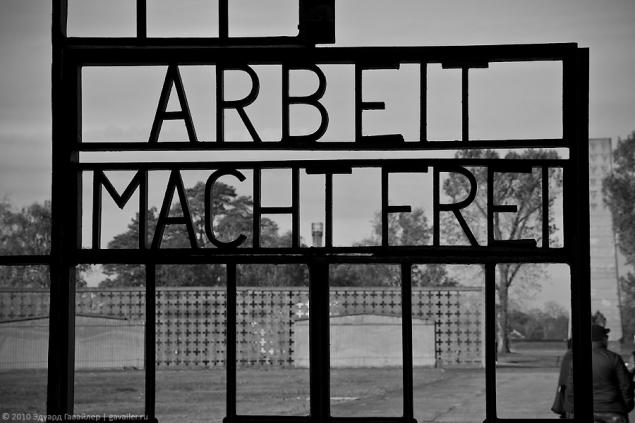
Source:
In 1936, in the German capital are all favorite Olympic Games embody the unity of the peoples from all over the globe. At the same time the peace in every sense of the event created one of the largest and most terrible Nazi concentration camps - Sachsenhausen.
It was located to the north of Berlin in the town of Oranienburg. By some estimates there over the years it has visited 200 thousand prisoners. Killed outside the gates of the camp from 30 to 40 thousand people.
Let's see how this place looks like now, and get acquainted with its history.

After Zaksenhaezena, which was built "thanks" to Heinrich Himmler, began an epoch of concentration camps. They began to appear everywhere: under the Weimar Buchenwald, Ravensbrück women's camp at Furstenberg, Auschwitz (Auschwitz) in Poland, and many others.

In Zaksenhaezene it was also central administration of all concentration camps of the Third Reich. Also located here the SS training center, where issued "first-class" security guards and wardens.

Access to the camp, now a memorial complex, free. If you wish, you can take an audio guide at the information center (2-3 euros).

We approach the so-called Tower "A". Here were located the checkpoint and the commandant of the camp.

The territory of the camp was a triangle shape. Around the perimeter towers 19 have been installed for observation.

...

Immediately prior to the PPC located Apel-ground inspections, in which not only the prisoners lined up for roll call, but also carried out public executions.

...

...

If a prisoner gets too close to the fence of barbed wire under tension, it just shot.

...

Here it was located the so-called test track shoes. Prisoners had to overcome a different pace enormous distances each day.

Save and "residential" barracks. They now serve as a museum space.

...

...

The exhibition even drawings prisoners can find.

...

...

Various household items, documents, and so on. N.

...

Everywhere reigns heavy atmosphere. The air seemed charged with negative energy. Even the head begins to ache.

...

...

Most of all it is felt in the barracks "C", which produced the massacres. There was also a crematorium and a gas chamber.

...

We went to the cooler. He also served as a bomb shelter.

...

Monument to Soviet soldiers liberators.

The camp was liberated April 22, 1945 by Soviet troops. Immediately after his release, he was transformed into a special camp №7 NKVD. Now here we died enemies of the Soviet regime (the soldiers and officers of the Wehrmacht, anti-communist, the SS). Sometimes the status of criminals caught the elderly, women and children. During the existence of the special camps are visited by over 60 thousand people, of whom 12,000 were killed. The numbers not less than shocking.

Arbeit macht frei (Arbeit macht frei, "Work makes you free", "work liberates") - this is the well-known phrase is associated with mass killings in Nazi Germany, "Beauty" at the gate checkpoint. This phrase can be found in many "institutions" of this type.
via gavailer

Source:
